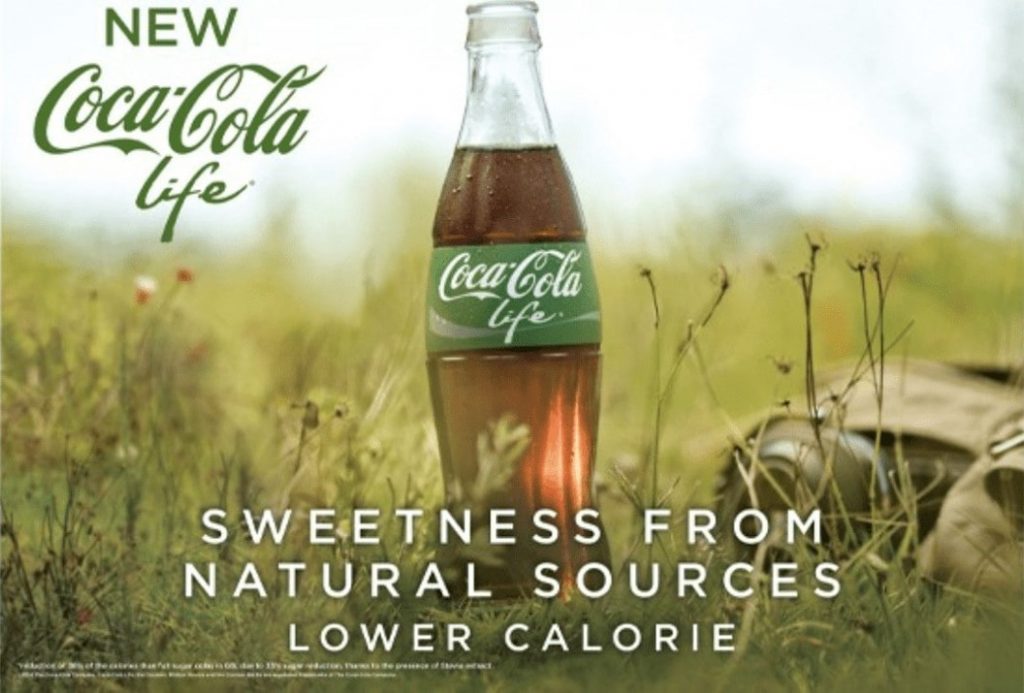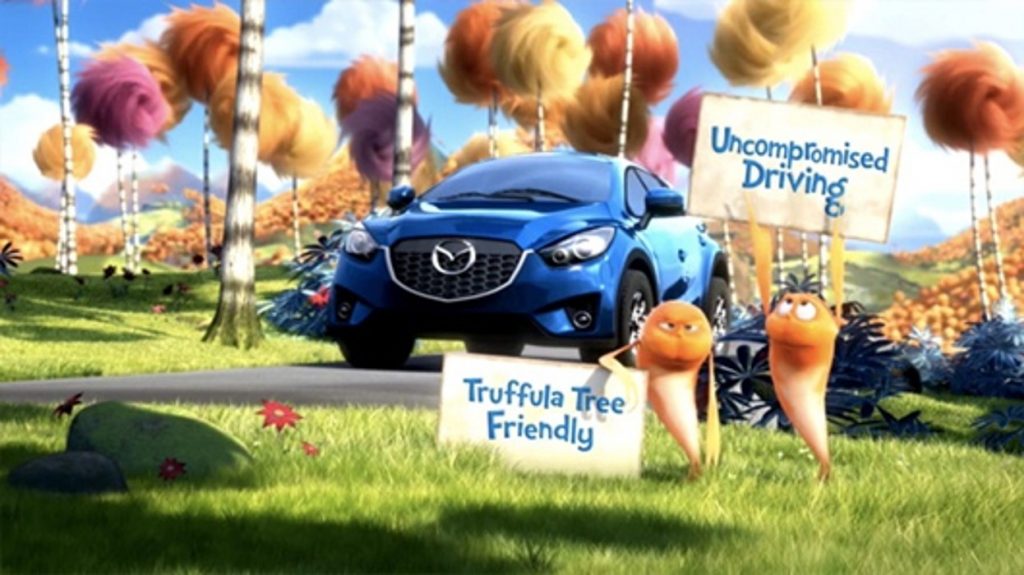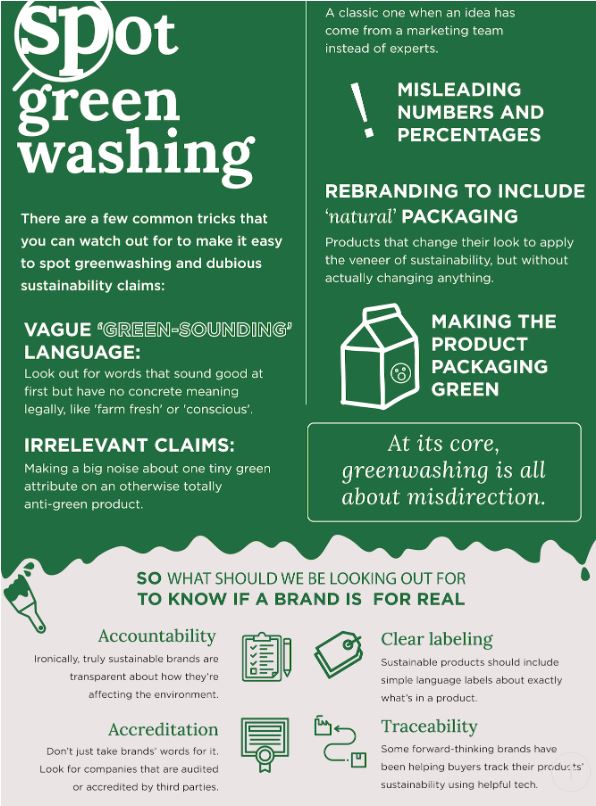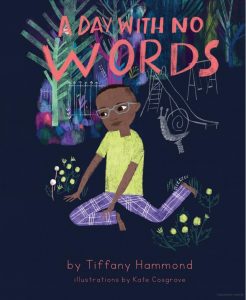 In Term 2, students have had many opportunities to work together in pairs or small groups. Thinking bigger picture, EVERYday we work together as a whole to help the classroom run smoothly. We often talk about how our actions contribute to the safety and comfort of everyone, and that learning to work together takes practice and reflection. There are times when we might have disagreements or frustrations, and how we decide to get through those challenges has a learning curve. Emotions can be big! Adults know that when they go to work they aren’t going to be friends with everyone, but they do have to work together to achieve common goals. In school, when children are still developing their self-regulation strategies and social skills, group work can feel very intense. We continue to build our resilience, communication skills, and self-regulation strategies as we learn together in groups.
In Term 2, students have had many opportunities to work together in pairs or small groups. Thinking bigger picture, EVERYday we work together as a whole to help the classroom run smoothly. We often talk about how our actions contribute to the safety and comfort of everyone, and that learning to work together takes practice and reflection. There are times when we might have disagreements or frustrations, and how we decide to get through those challenges has a learning curve. Emotions can be big! Adults know that when they go to work they aren’t going to be friends with everyone, but they do have to work together to achieve common goals. In school, when children are still developing their self-regulation strategies and social skills, group work can feel very intense. We continue to build our resilience, communication skills, and self-regulation strategies as we learn together in groups.
This term some group work experiences included: literature circles, a science project, Community Circle, during games in P.H.E, making music, sharing supplies, Metis finger weaving, gardening, and more!
During Community Circle on Monday, we discussed some of the ways we’ve worked together in groups, and the actions we take that contribute to our success in meeting our task goals. They included:
- compromise/be open to the ideas of others
- take turns
- include others
- use positive body language and spoken language

- discuss – listen, consensus
- share tasks – do what you say you’ll do
- trust
- respect
Next week, students will be reflecting on their own actions and words while working in groups and writing their Core Competency self-assessment. This document will be included in their report card after Spring Break.
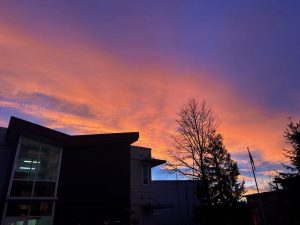
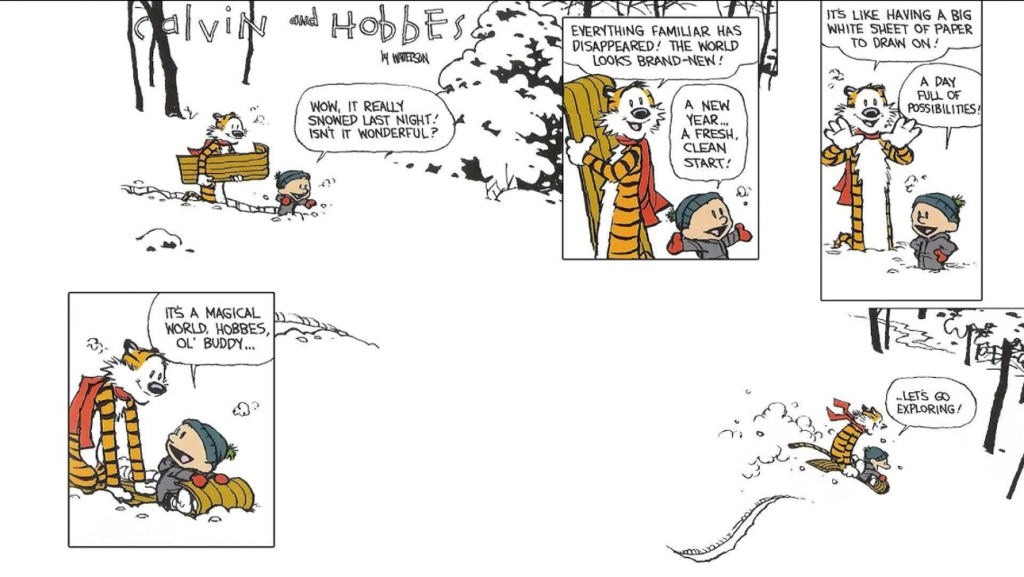

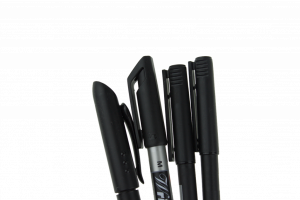
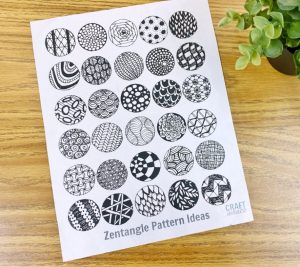

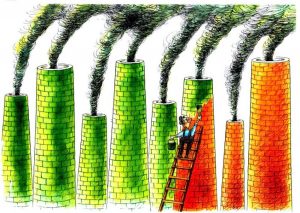 As part of our media literacy studies, and in preparation for Earth Day next week, students in Division 5 have been discussing the concept of “greenwashing.”
As part of our media literacy studies, and in preparation for Earth Day next week, students in Division 5 have been discussing the concept of “greenwashing.”